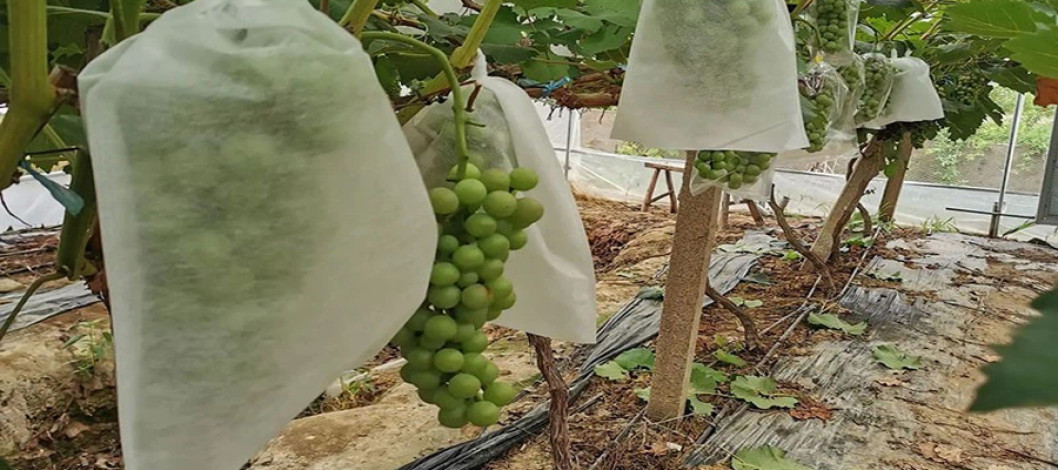
File Photo
Before planting the grape bag on the plant, the shape of the ears must be confirmed so that the ears are of uniform size and not too large.
2. Before bagging the grapes, prop the bag so as not to stick the fruit tightly with the bag, otherwise the fruit may be easily scalded;
3. Tie the mouth of the bag tightly so that the wind does not open the bag;
4. After bagging the grapes, check and straighten the bags repeatedly to prevent water from pooling in the holes on top of the bags.
5. Cultivation and management should be intensified after bagging of grapes. If there is high temperature weather throughout the growth period, the watering interval should be shortened and the frequency of watering should be increased to maintain a certain humidity under the grape trellis, reduce the temperature under the grape trellis and reduce the occurrence of burns.
6. Spray fungicide every 10 to 15 days, focusing on prevention of grape downy mildew, gray mold, anthracnose, and powdery mildew. In continuously cloudy and rainy weather, the number of sprays and the concentration of insecticide can be increased accordingly.
7. Pay attention to grass growth or retention in the garden and pay attention to mowing to control grass height.
8. 10 to 15 days before the grape harvest, the bottom of the bagging can be opened and the fruit ears can be rotated appropriately to evenly color the fruit ears.
9. If sunburn occurs after bagging, remove the bag, cut off the sunburn, spray again with insecticide (dipping ear medicine), re-bagged, and in severe cases cut off the entire ear. off
10. Grapes must be collected, sold, or stored at the right time after ripening. Avoid the effects of incessant rain in autumn on grapes ripe for sale. For example, rain cannot be picked, transported, and sold in time, resulting in fruit cracking, sourness, commercial loss, and unnecessary economic losses.
Comment Now